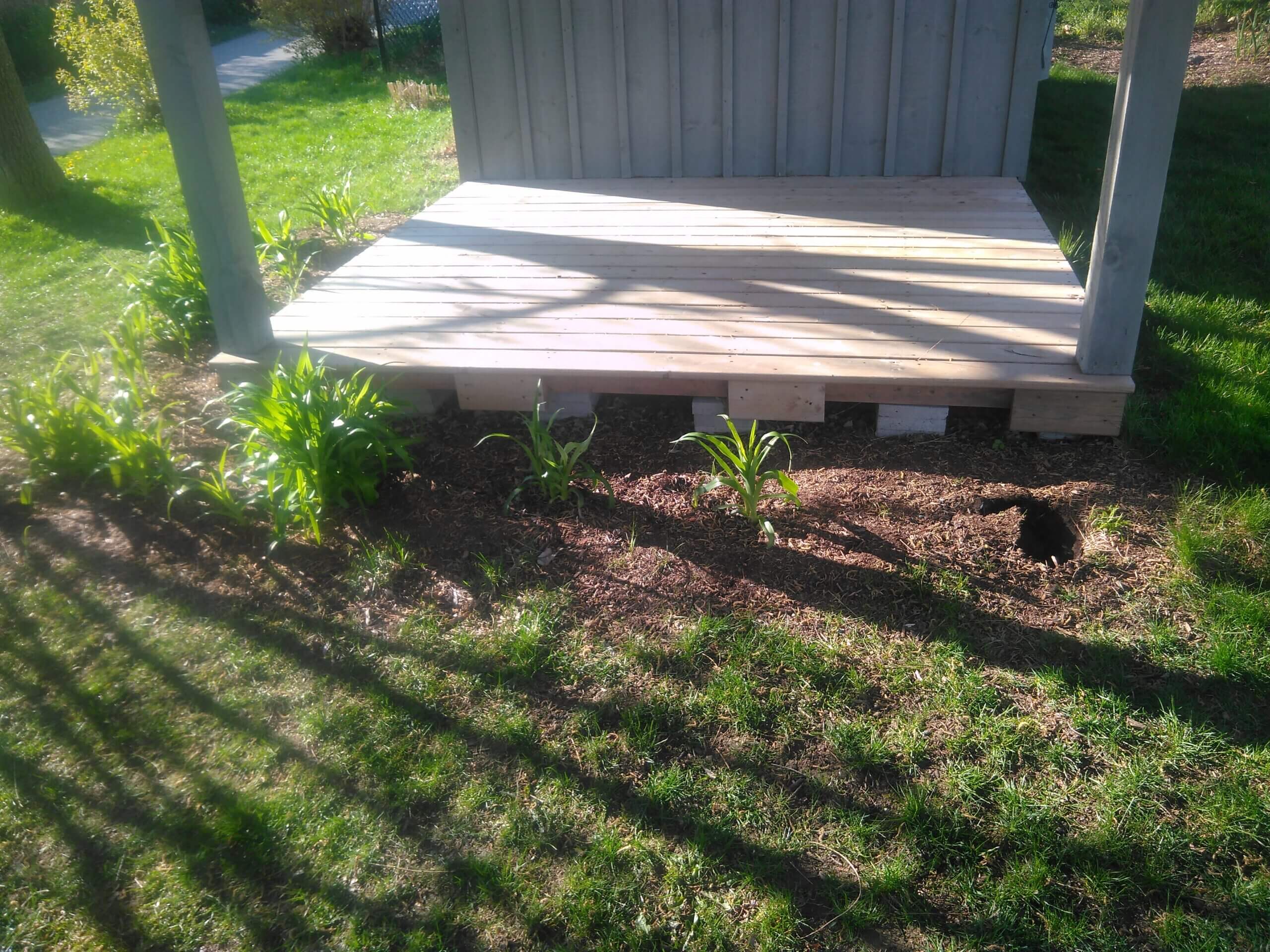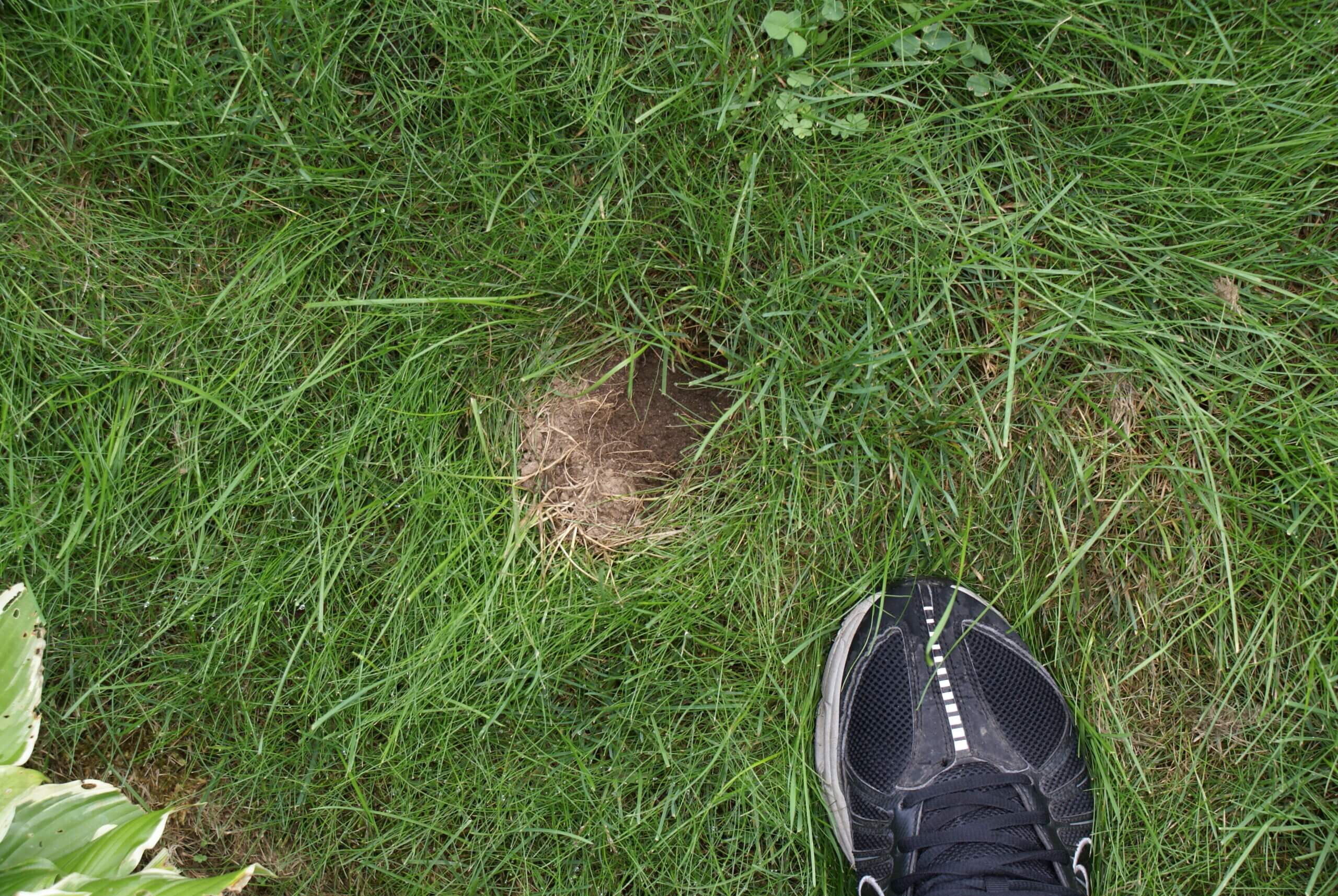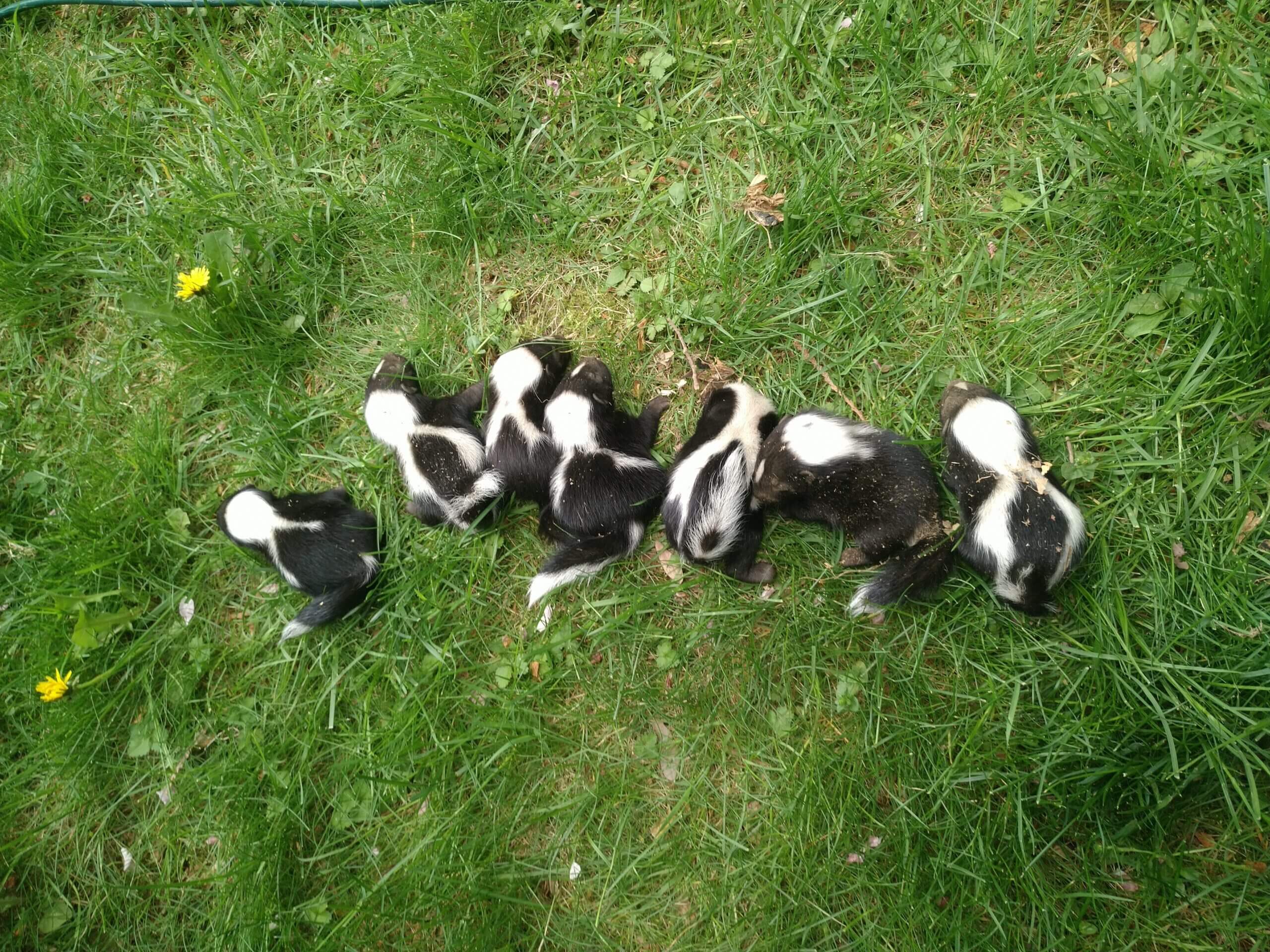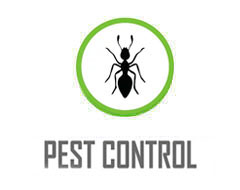
What do Skunk Dens Look Like?
Though most people view skunks as friendly creatures thanks to their depiction in many popular cartoons, they are wild animals that pose a genuine danger to human properties. Skunks mainly target households that keep domestic animals and feature gardens that provide food sources. Skunks feed on meat, hunting smaller animals, which serves a vital role to the ecosystem. They help keep the snake and rodent population under control, but they’ll also look to enter your property once they’re disturbed in their natural habitats.Since neglected homes and gardens filled with trash and overgrown bushes draw rodents, skunks might soon follow. The damage skunks can do to a home can be substantial. They can damage wooden beams, fences, gates, scratch and bite through walls, as well nest in hidden spots which results in further contamination and damage. Out of all possible scenarios, having a skunk den in your home is the most difficult one to handle.
WHY DO SKUNKS BUILD DEN SITES ON PEOPLE’S PROPERTY?
When it comes to why skunks build dens under people’s structures, the answer is an easy one, it is convenient. Skunks prefer nesting and living in their natural habitats, which are normally tree hollows, larger holes, and caves far from urban environments. Aside from being conveniently close to a food source, when fires, human influence or other types of natural disasters compromise their habitats, they will seek out the nearest form of shelter, which could very well be your home or property.

Skunks mainly target households that keep gardens that provide bountiful food sources and a healthy yard where they can dig for grubs. Pet food left on the back deck or an unsealed garbage can can also be tempting sources of food that lead skunks to people’s homes, where they often will also make a den site.The damage skunks can do to a home and property can be substantial. Not only can they destroy lawns and gardens, they also have the ability to damage wooden beams, fences, gates, scratch and bite through walls, and burrow under structures. To learn more about why skunks build den sites on people’s property, keep reading!
TO RAISE BABIES
Between the months of April and June female skunks will be having babies, using their den sites to keep their babies safe while they rest. Female skunks will often build dens in sheds or underneath porches because these areas provide a dark, sheltered environment that the highly vulnerable kits need to survive. They’re nocturnal and mate throughout the spring, and the kits stay alongside the mother for a full year before they become independent. During this time it is important for the babies to have a safe place to grow and wait for their mother while she collects food.

TO STAY WARM
Just like you, skunks need shelter from the cold winter winds, and the only way to ensure they will survive the winter time is by selecting the perfect den site. A den site that is too wide will allow too much air to flow through. It is almost important that the den site is hidden enough to hide from predators while they rest. Rather than entering into hibernation, skunks will enter a deep sleep state known as toropor to conserve their energy until the spring. While they are sleeping, their den provides them warmth and protection they need to survive.
TO STAY SAFE
With only their spray to protect them, skunks are very vulnerable to their predators. Den sites provide a safe getaway for skunks to protect themselves all year long. After a skunk sprays, it takes up to ten dens for the protective fluid to refill, making them even more vulnerable to predators then they were before. During this time, skunks rely on their den sites to hide from potential predators and wait until their defence mechanism has been replenished.
WHY DIY SKUNK REMOVAL IS A BAD IDEA
Once you have a skunk family in your home, you’ll need to be careful about handling the situation. Attempting to get rid of skunks from your home without expert help could be dangerous for more than one reason. Mother skunks can become very aggressive and defensive if they feel their kits are being threatened. They might react by spraying a strong-smelling substance from a gland underneath their tail. But they can also become aggressive, biting and scratching everything and everyone standing in the way between them and their babies.
Separating a mother skunk from her babies is unnecessary and inhumane, and it will also cause the mother to further attack and damage the area in an attempt to reach her kits. Trapping and killing skunks is inhumane, since they should return safely into the wild for the mother to create a new den. It is also inhumane to exclude a mother skunk from her kits, as they are extremely dependent on her for their survival.
SKEDADDLE IS YOUR SOLUTION TO GET RID OF SKUNKS
Setting up traps and baits if you’re not familiar and don’t possess enough skills to handle pests could lead to ineffective efforts which leave the mother suffering for days, and her babies being left alone, unable to survive by themselves. This is why you need expert help to get rid of skunks. Skedaddle technicians possess the expert knowledge to remove the skunk family without separating them. Contact us at the first signs that skunks are living on your property 1-888-592-0387.
Some More Helpful Articles:
CALL US TODAY
1.888.592.0387
OR
Request for Services



FOLLOW US